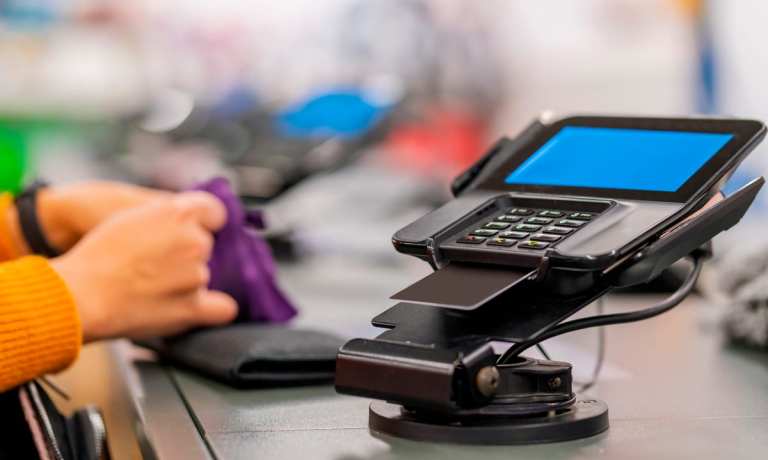It’s been a busy time for the buy now, pay later segment over the past few days, including an announcement from Discover that it is investing $30 million in Sezzle and reports that Apple is looking to leap into the fray with its own installment program for Apple Pay with Goldman Sachs.
Of course, Apple and Discover are merely the latest entrants into the consumer lending segment’s fastest-growing form of credit.
Not surprisingly, where consumer interest flows, regulatory attention is sure to follow. To that point, a recent blog post by the Consumer Financial Protection Bureau suggests it has not only taken notice of the growing phenomenon — but is perhaps a smidge less enthusiastic about its rapid expansion and widespread availability than many of the financial and retail industry players who are backing it.
The CFPB’s Warnings
In an early July blog post, the CFPB gave a basic outline of buy now, pay later options including that the amounts can vary from $100 to a few thousand, use different underwriting and risk models that don’t require a hard credit check, can be approved in seconds and for smaller purchase amounts typically require three to four fixed monthly installment payments.
What could be wrong with that?
Advertisement: Scroll to Continue
However, the CFPB also offered this warning.
“BNPL may seem straightforward and convenient; however, you should consider a few things before selecting this option to make a purchase.”
As for what consumers should consider, most of the advice the CFPB offers is the general advice one gives for any credit product: don’t buy things one can’t really afford; late fees can get costly — particularly if they overdraw your bank account; different programs have different rules; and some lenders report to credit bureaus some don’t.
The big warning offered is that BNPL products may feel like a credit card but aren’t in terms of consumer protections.
“You can use BNPL to make a purchase and pay for it later over time. However, BNPL loans currently lack the consumer protections that apply to credit cards. For example, they say, “BNPL companies don’t offer the same dispute protections as credit cards if the item you purchase is faulty or a scam.”
Does The CFPB Get It Yet
While it is never bad advice to tell consumers to know what they’re getting into before they buy it, there does seem room to wonder how well the CPB really understands BNPL or the consumers that use it. For example, the PYMNTS BNPL tracker demonstrates that consumers actually have a fairly astute understanding of the product — and are using it because they understand it and are looking to avoid a hard credit pull. They are well aware it is not a typical revolving credit product.
In fact, Afterpay’s U.S. CEO Nick Molinar told Karen Webster in a recent conversation that the things the CFPB is warning about are, in fact, things the very things that are attracting young consumers to the product.
The fact that regulators often misunderstand the product and its appeal is itself a problem, Executive Vice President of Public Affairs for Afterpay Damian Kassabgi told Karen Webster last year after the firm’s run-in with California regulators. Afterpay has no objection to regulatory oversight nor complying with regulations. In fact, it hopes to be a partner with regulators in the U.S. and around the world.
However, Kassabgi said regulating their product as a credit product seemed to them a mismatch. Afterpay’s model doesn’t charge interest on the four equally divided monthly payments, something that is considered the quintessential definition of a credit product.
Afterpay isn’t the only player in the BNPL space to have voiced concerns about regulators coming in and disrupting a market, as Klarna had similar concerns earlier this year when it noted regulators worldwide “do not currently have the internal processes and infrastructure necessary for us to share data on our buy now, pay later products.”
At this point, it seems almost certain those processes and infrastructure will be built given its popularity with consumers and retailers and its expansion into segments beyond the clothing and beauty sectors where startups first planted their BNPL flags.
Because, as Sezzle’s CEO Charlie Youakim told Karen Webster in a recent conversation — the real danger for BNPL customers isn’t a new form of financing — it is the degree to which they are locked out of credit markets at all, due to prior mistakes or thin credit files. More than 50 percent of Sezzle’s consumers have FICO scores lower than 600 or no score at all, meaning their payments options are generally limited to their cash reserves or not making a purchase at all. Youakim told Webster, BNPL is, at its core, a more trusted and transparent offering to the customer and one they are increasingly seeking out and proving determinative in their shopping decisions.
“And so I think that’s what makes it a must-have for the merchants. And the advantage is driven by the fact that consumers do like this form of credit, as it opens up a market that has previously been closed to them.”




